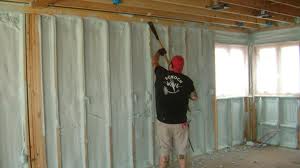 |
| Solar power in India |
Various Applications of Solar power in India are listed below:
Rural electrification
Developments in cheap solar technology are considered as a
potential alternative that allows an electricity infrastructure consisting of a
network of local-grid clusters with distributed electricity generation. It
could allow bypassing (or at least relieving) the need to install expensive,
lossy, long-distance, centralized power delivery systems and yet bring cheap
electricity to the masses. Projects currently planned include 3000 villages of
Orissa, which will be lighted with solar power by 2014.
Solar lamps and lighting
By 2012 46,00,000 solar lanterns and 861,654 solar powered
home lights have been installed. These typically replace kerosene lamps and can
be purchased for the cost of a few months worth of kerosene through a small
loan. The Ministry of New and Renewable Energy is offering a 30% to 40% subsidy
for the cost of lanterns, home lights and small systems up to 210 Wp. 20
million solar lamps are expected by 2022.
Agricultural support
Solar PV water pumping systems are used for irrigation and
drinking water. The majority of the pumps are fitted with a 200–3,000 watt
motor that are powered with 1,800 Wp PV arrays which can deliver about 140,000
liters of water per day from a total head of 10 meters. By 30 September 2006, a
total of 7,068 solar PV water pumping systems had been installed, and by March
2012, 7,771 had been installed. Solar driers are used to dry harvests before
storage.
Solar water heaters
Bangalore has the largest deployment of rooftop solar water
heaters in India. These heaters generate an energy equivalent of 200 MW. Bangalore
is also the first city in the country to put in place an incentive mechanism by
providing a rebate of INR50 on monthly electricity bills for residents using roof-top
thermal systems. These systems are now mandatory for all new structures. Pune,
another city in the western part of India, has also recently made installation
of solar water heaters in new buildings mandatory.
Source: Wikipedia
Source: Wikipedia




